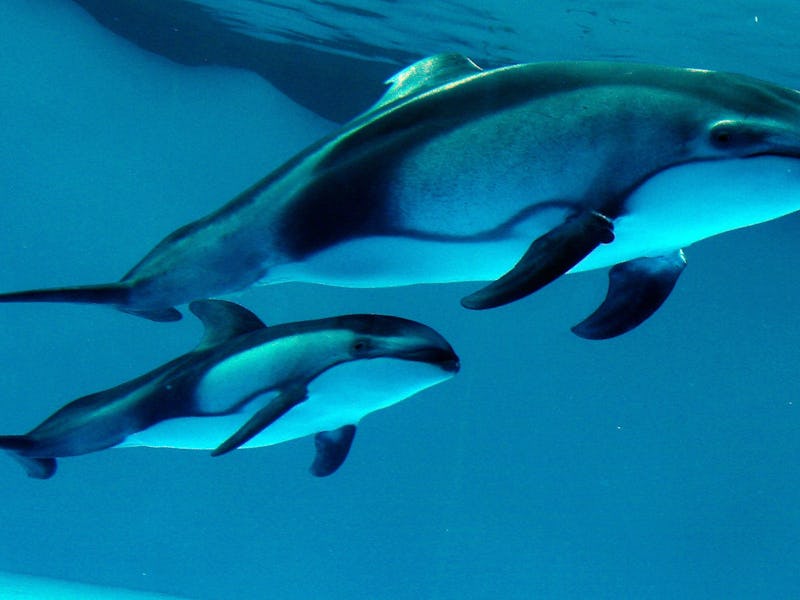Anonymous Targets Japanese Dolphin Breeding in Unexpectedly Hard-Line Attack
The hacktivist organization has previously opposed the capture of dolphins. Now, the group is going a step further.

In May 2015, after receiving considerable pressure from the international community, the Japanese Association of Zoos and Aquariums banned the purchase and sale of wild dolphins. Because dolphin viewing remains big business, interested parties have begun to develop dolphin-breeding technology. Mie University plans on opening the first center in Japan for this sort of research in April 2016. The ultimate goal is to create a way to breed a captive population distinct from the wild population.
This aim has displeased the hacktavist organization Anonymous, which coordinated two-days of cyber attacks on the university’s website this week. The Japanese education ministry alerted Mie University on March 13 that their site was under siege, while an Anonymous-affiliated Twitter account took credit for the attack, stating it opposed the dolphin-breeding program.
Since January, members of Anonymous have coordinated multiple cyber attacks of Japanese websites in protest of the death and capture of dolphins. The sites of the Japanese president, various government departments, and car manufacturer Nissan have been targeted — the purpose of the later, Anonymous claimed, to bring attention to its cause. In January, Anonymous orchestrated a Distribution Denial of Service attack on the Narita International Airport site, after the airport detained animal rights activist Ric O’Barry. The 76-year-old activist and former dolphin-trainer became famous for his inclusion in the documentary The Cove and was denied entry because of his plan to protest the “slaughter of dolphins” once in the country.
Interestingly, The Cove was largely responsible for the breeding program at Mie University. The release of the film introduced the international community to the yearly tradition in Taiji, Japan of rounding up hundreds of dolphins, herding them into a cove, and either killing them for meat or capturing them to sell to marine parks. While Naonori Okada, the secretary-general of Japan had previously said that Japanese aquariums typically purchase 20 dolphins a year from Taiji, other estimates have that number closer to 124 dolphins. The world was disgusted with the footage captured and swift action was taken by Japanese politicians to distance themselves from the slaughter. Though no action was taken to prevent fisherman from killing dolphins in Taiji.
The Anonymous attack on the Mie University research center is remarkable because it shows the group’s hardline stance. Not only is Anonymous against the capture of dolphins and the hunting of dolphins, the group appears to have come out against the captive breeding of dolphins. This is by no means an unprecedented stance — many experts hold that dolphins belong exclusively in open water and that captivity is, by definition, deleterious to their health — but it is a new one. It is also a more complicated one as the purpose of the research facility was and is to dampen demand for captured dolphins. Anonymous has chosen to stand against the oceanarium industry rather than against a specific behavior among specific fishermen.
At minimum, the attack can be seen as a shot across the bow of the Japanese Association of Zoos and Aquariums, which only turned against the practice of capturing dolphins after being threatened with expulsion from the World Association of Zoos and Aquariums. Too little too late is apparently not enough for Anonymous.